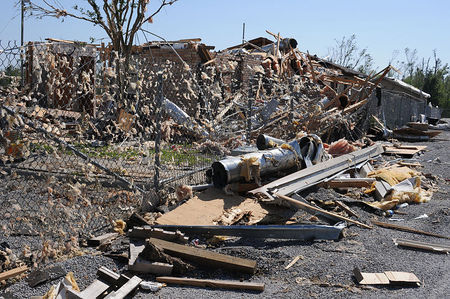An article on Motherboard suggests that 3D printers may soon be a key part of disaster relief efforts.
The idea is that if you had a “replicator” onsite that could rapidly produce whatever items are required (which obviously vary considerably from disaster to disaster), you could reduce delays in gathering up and sending specific items to the region affected.
We feel there’s a few problems with this idea.
First, there’s a problem with the word “rapidly”. While 3D printers are known for “RAPID prototyping”, the “rapid” is in relation to alternative means of prototyping, which can take months. Refugees awaiting for relief items to emerge from the 3D printer may be disappointed.
Second, 3D printers are not Star Trek-like replicators. They can only produce certain kinds of things with specific physical characteristics. Things required at a disaster might not come from a 3D printer: you can’t (yet) 3D print a tent or blanket.
That said, there may be a role of some kind for disaster-sited 3D printers. If a very large bank of 3D printers were somehow deployed, you might be able to turn out reasonable quantities of small items – like tent pegs or small connectors to turn fabric into clothes or structures. But you’d need to plan this well in advance and create shipping containers filled with dozens of 3D printers.
Via Motherboard
Image Credit: Wikipedia


